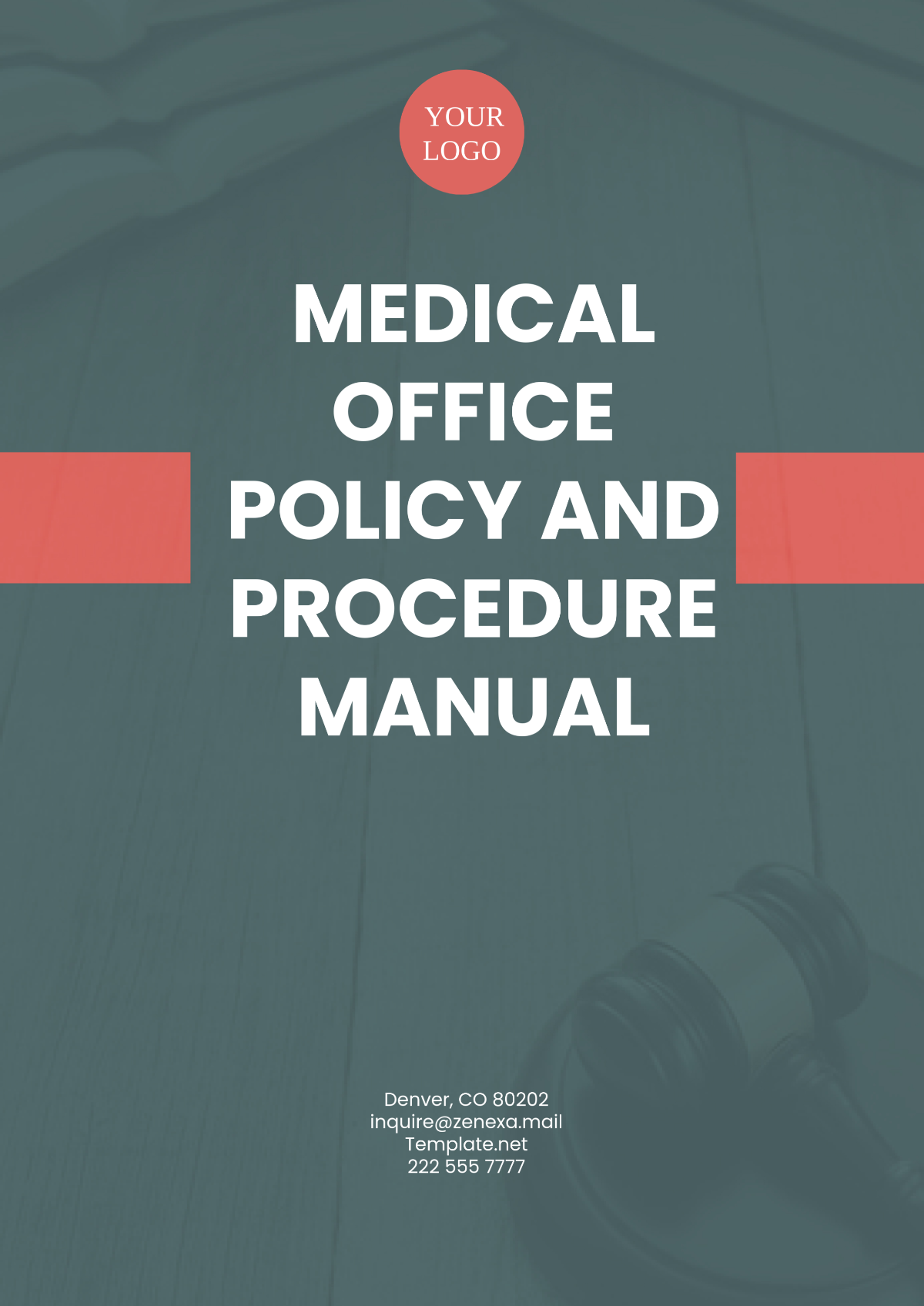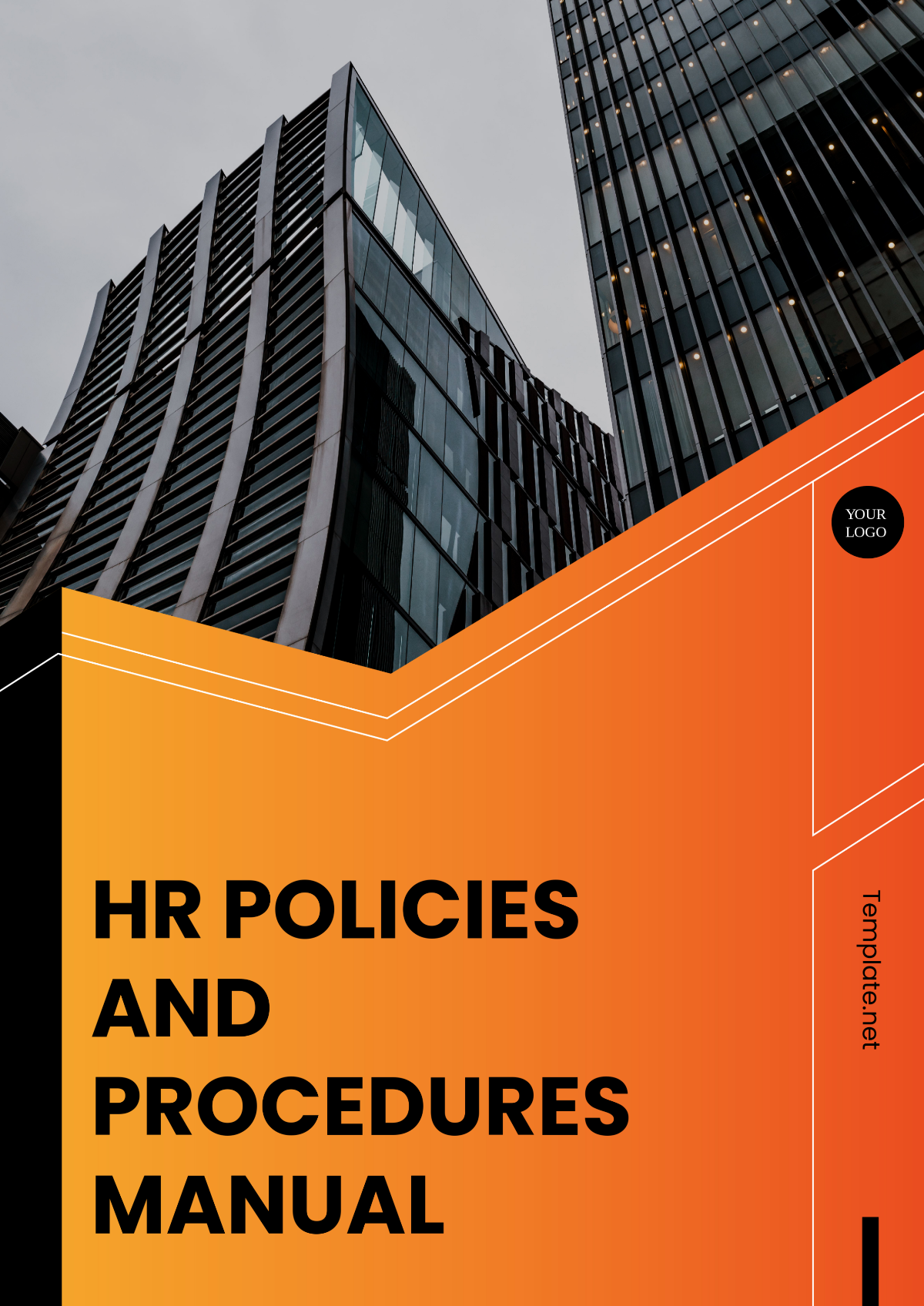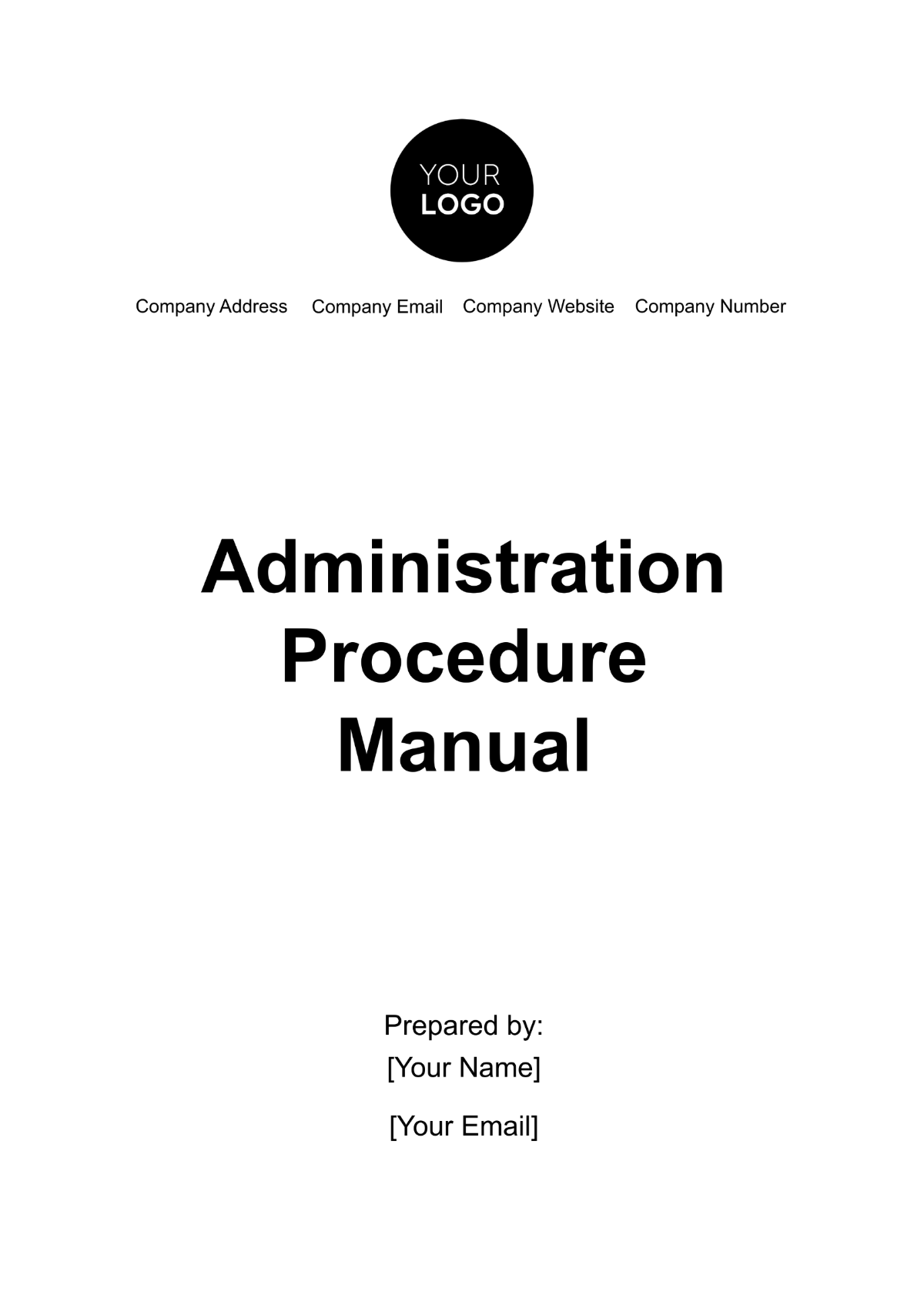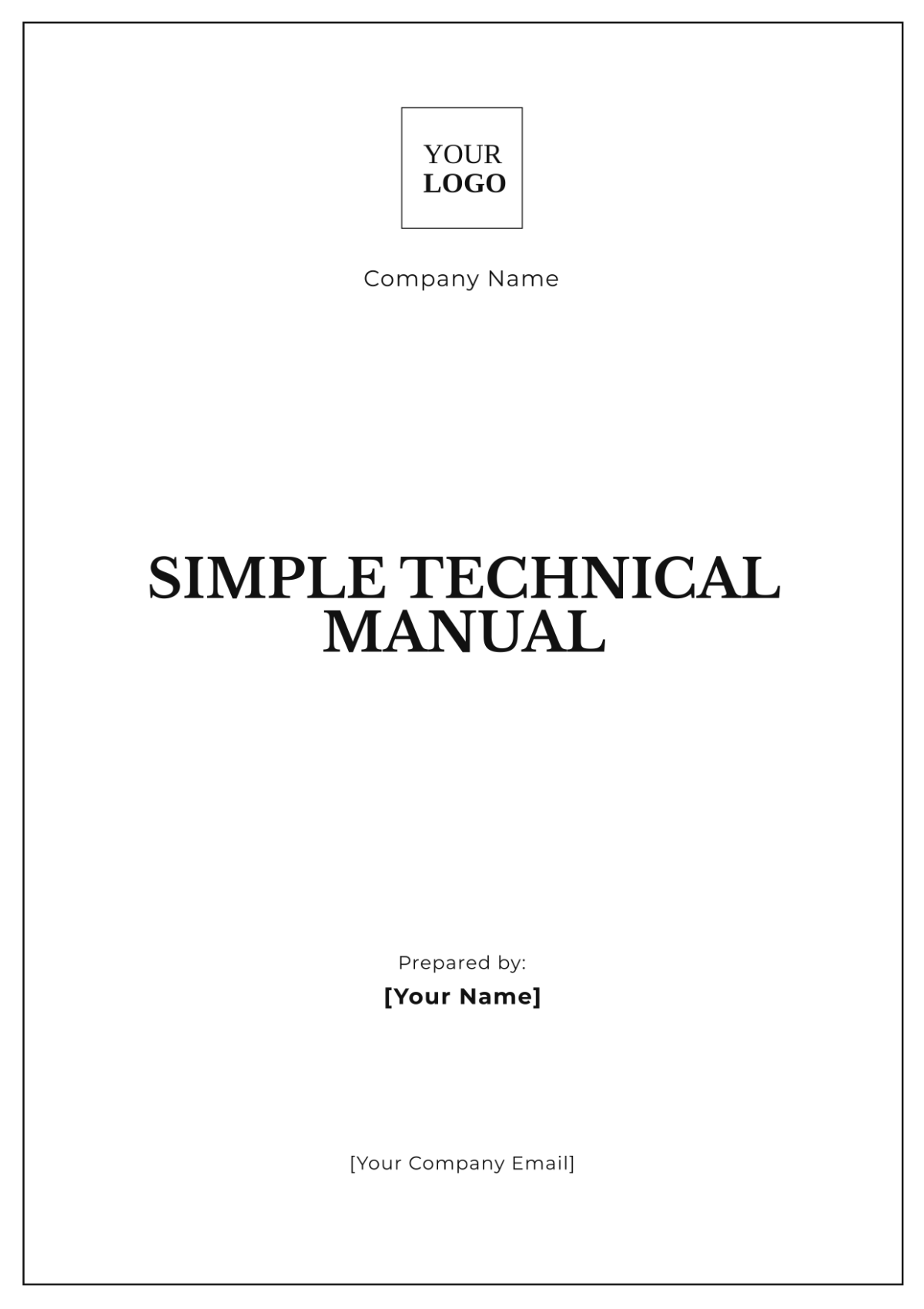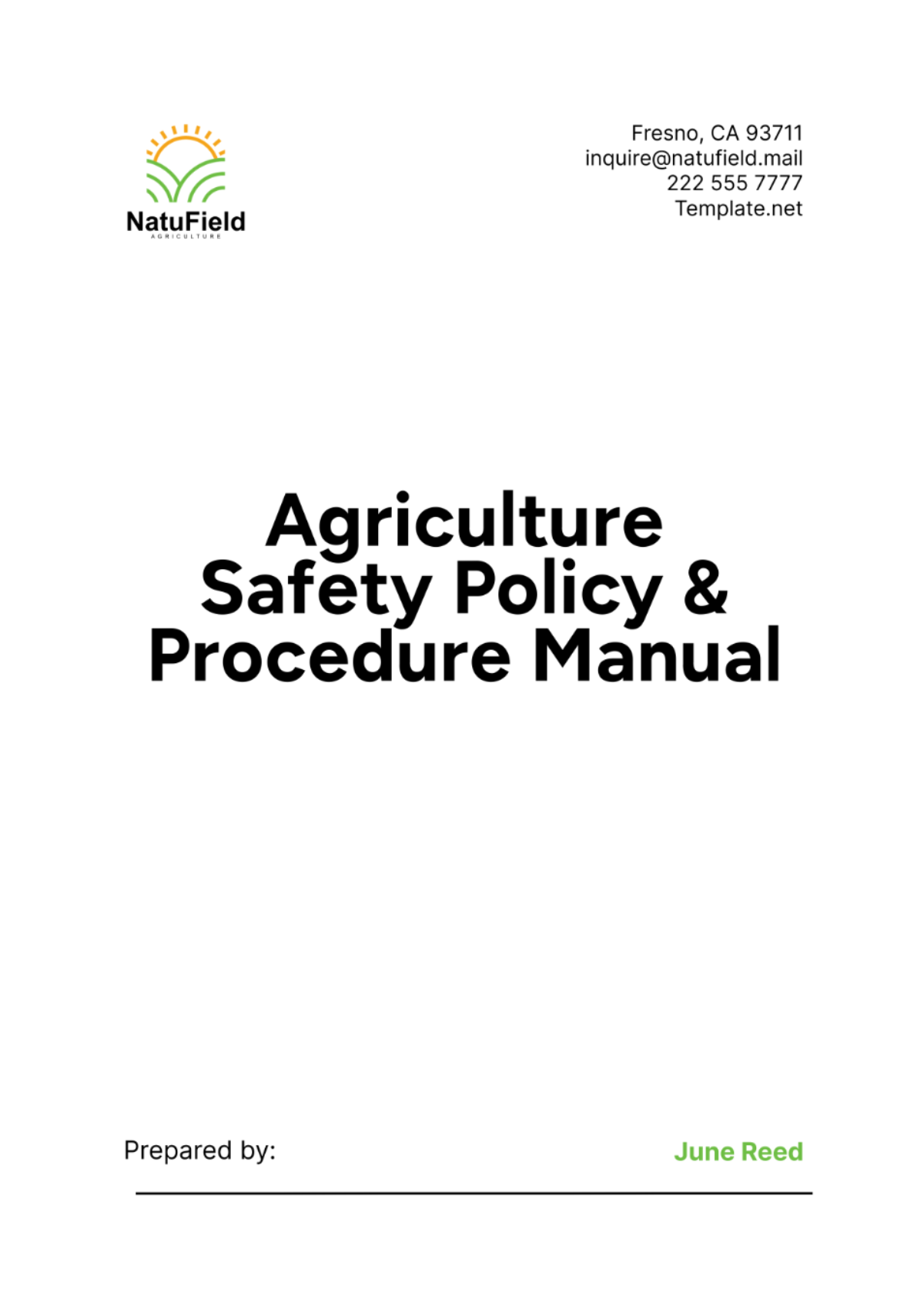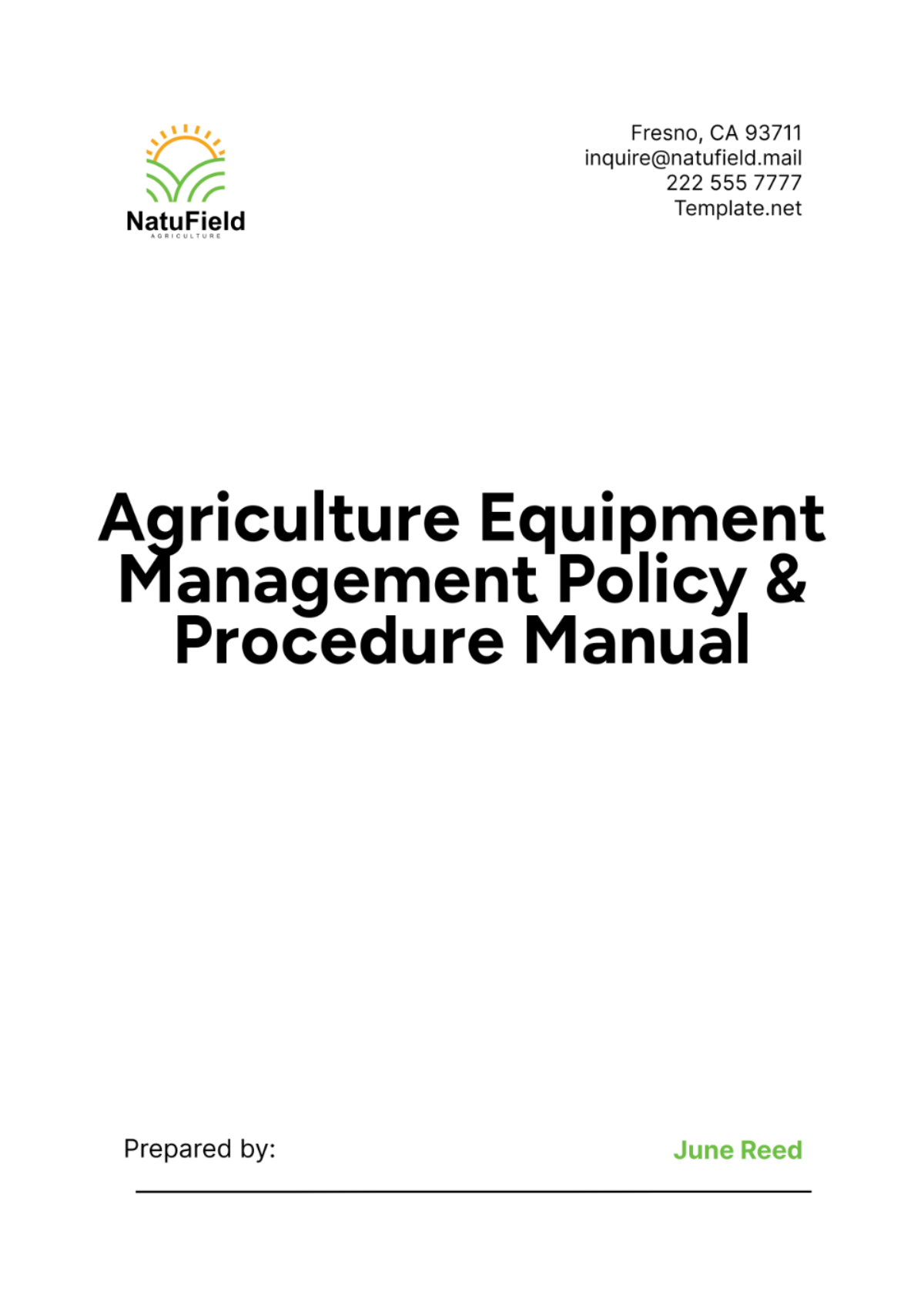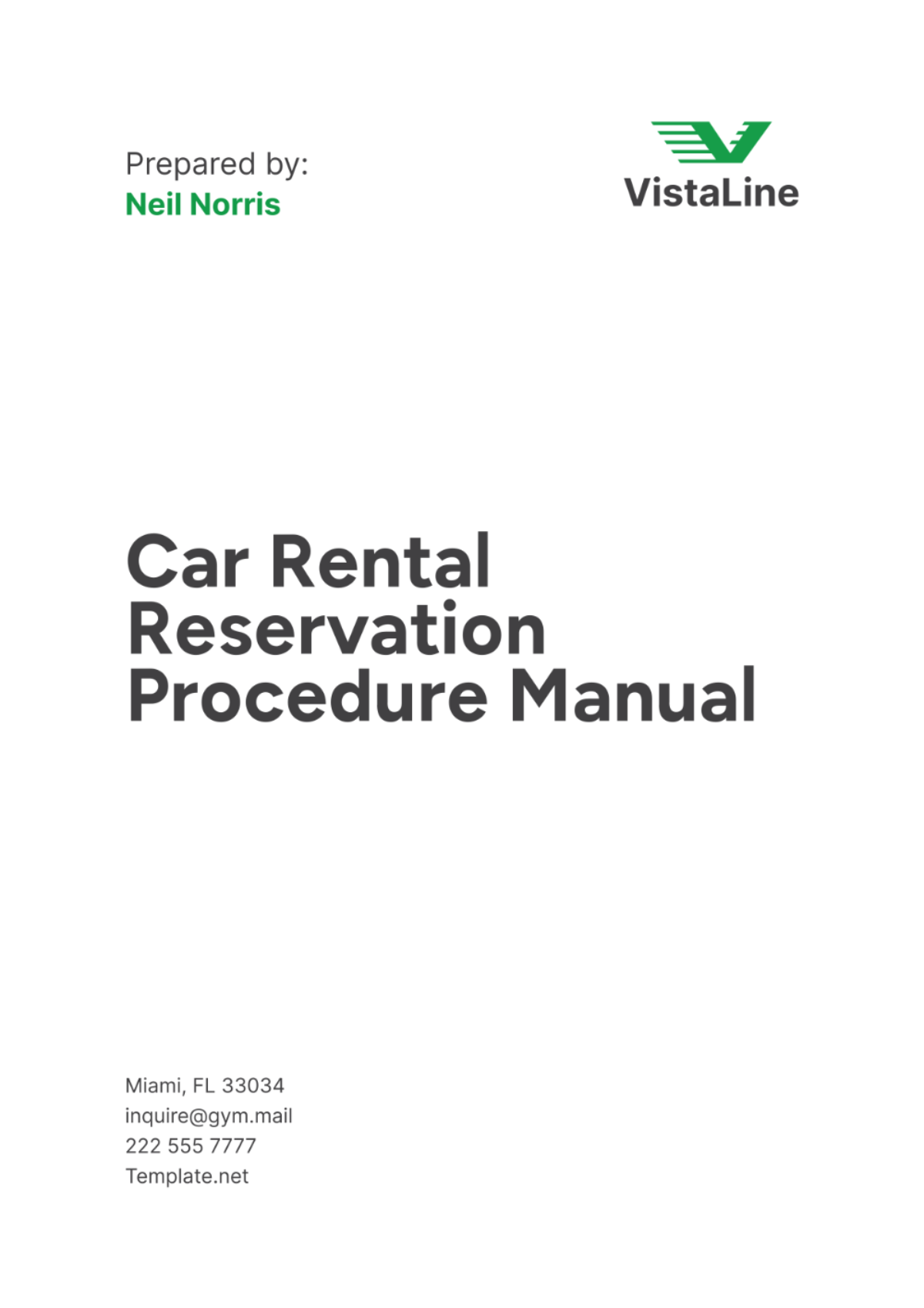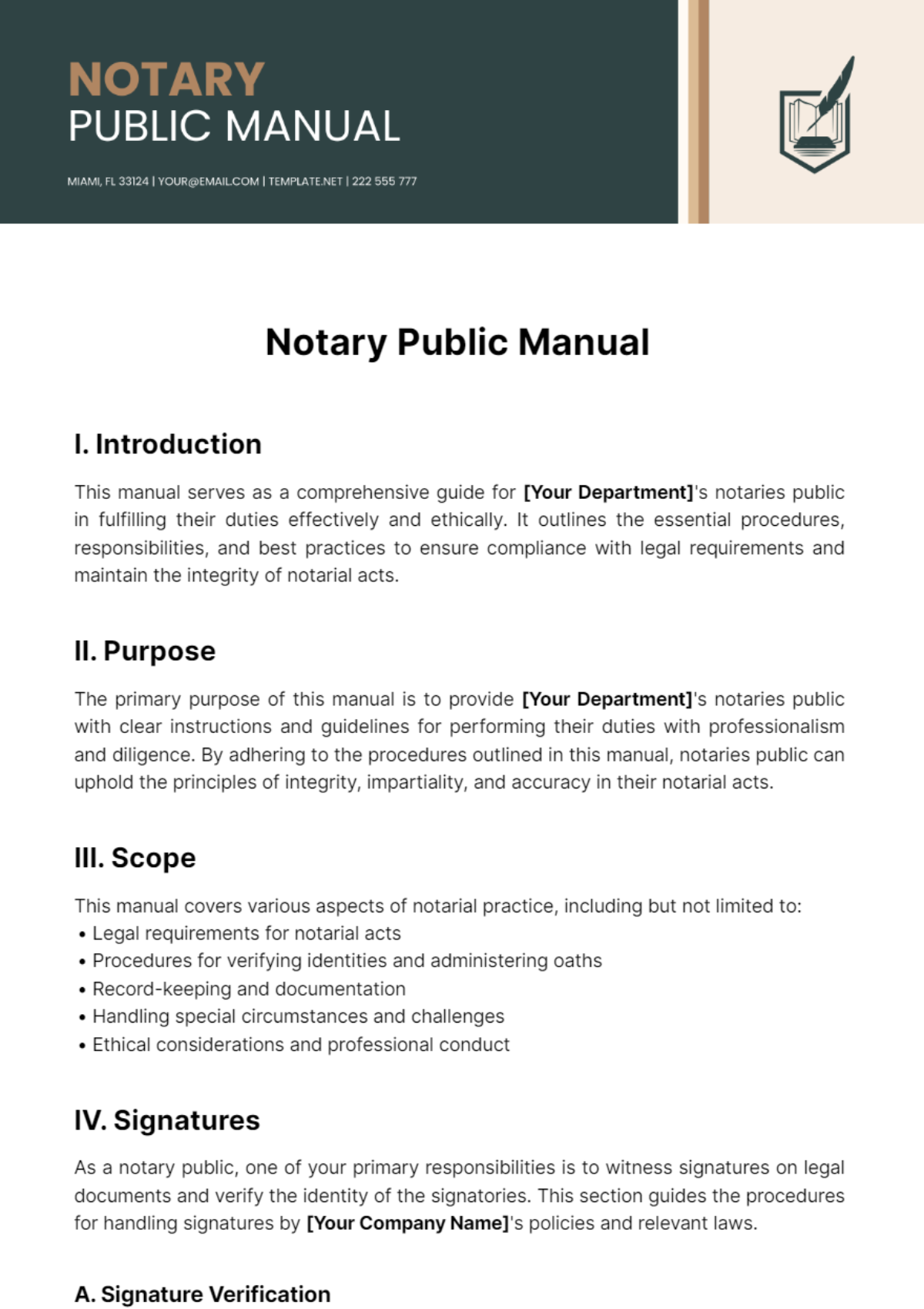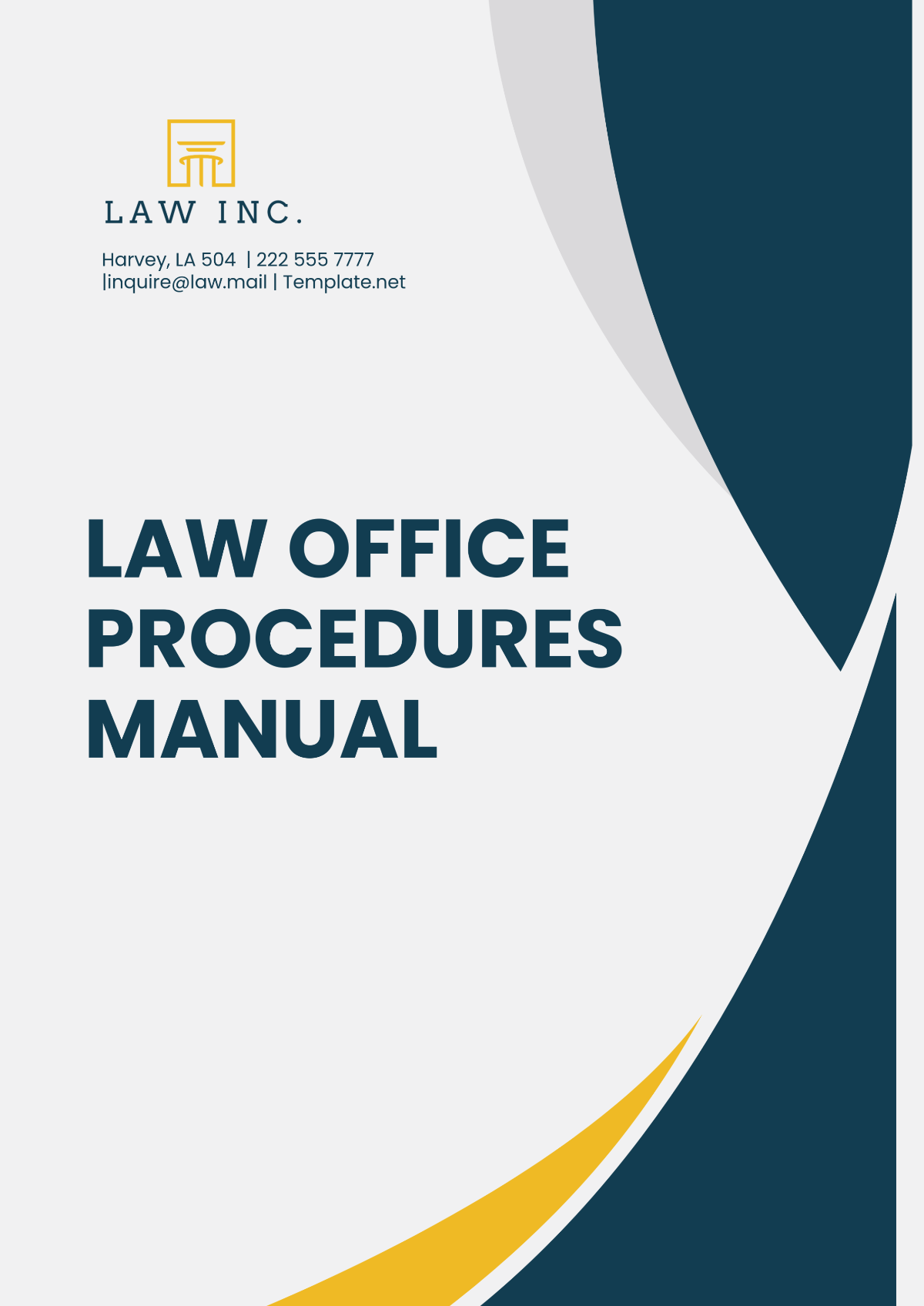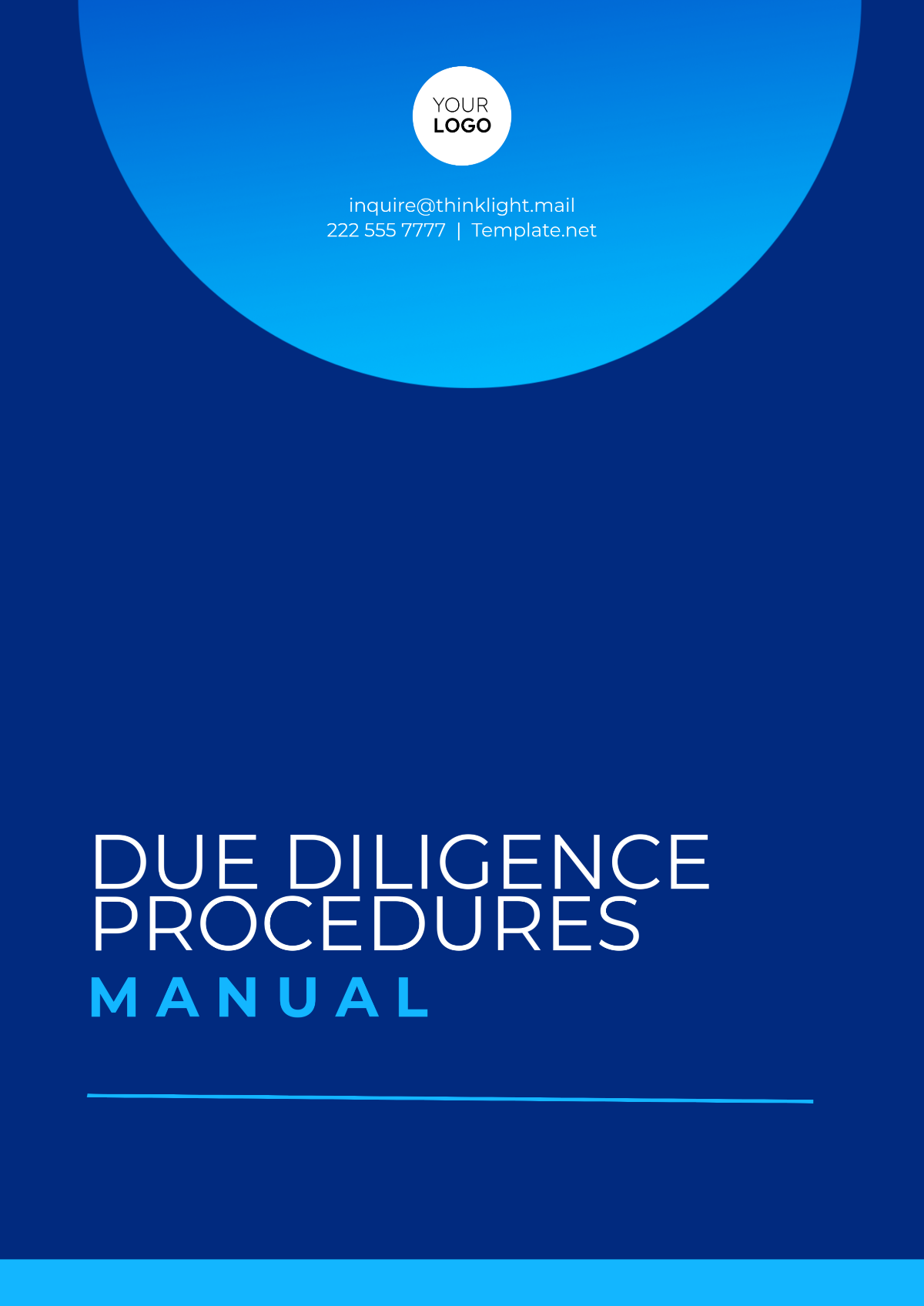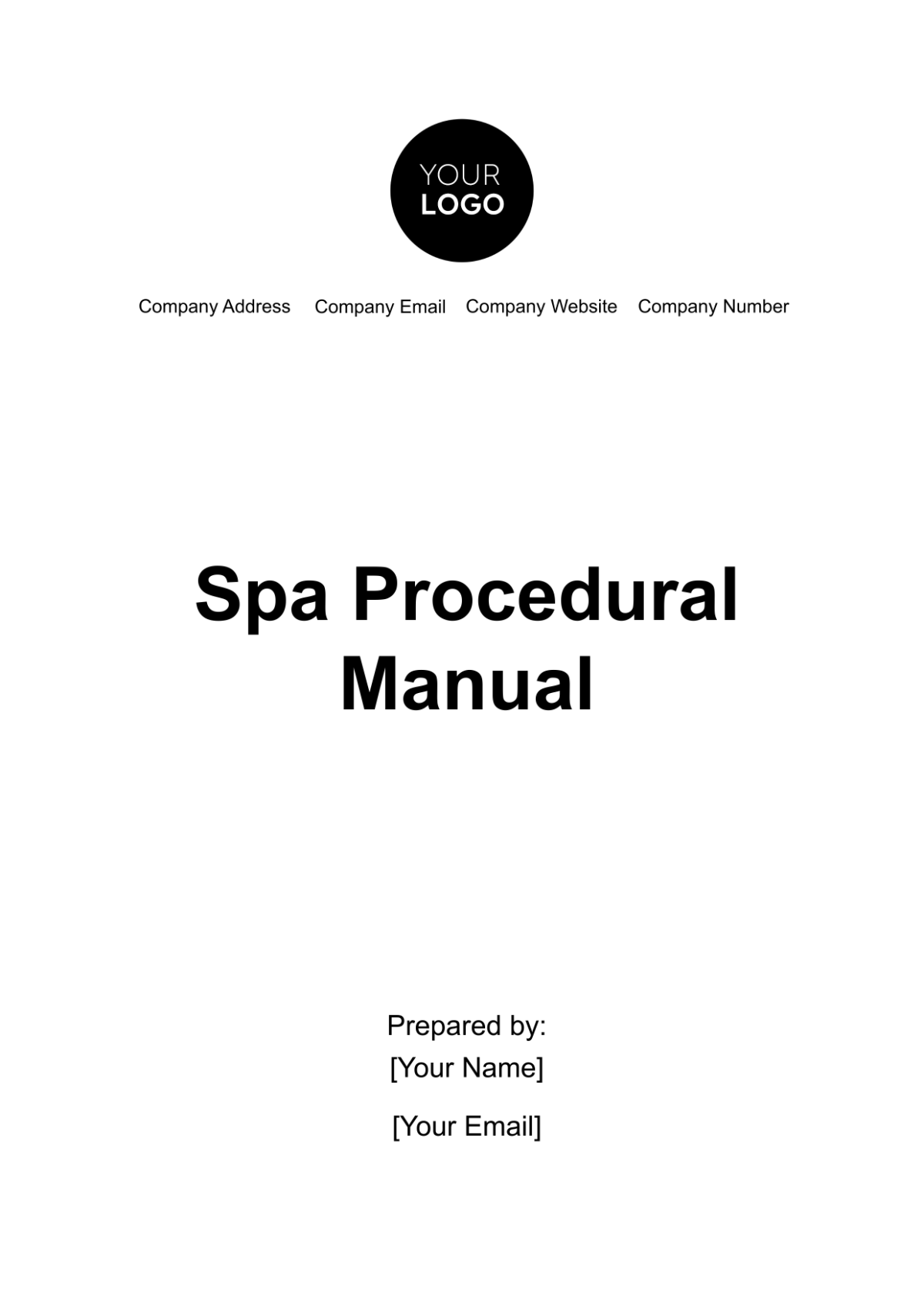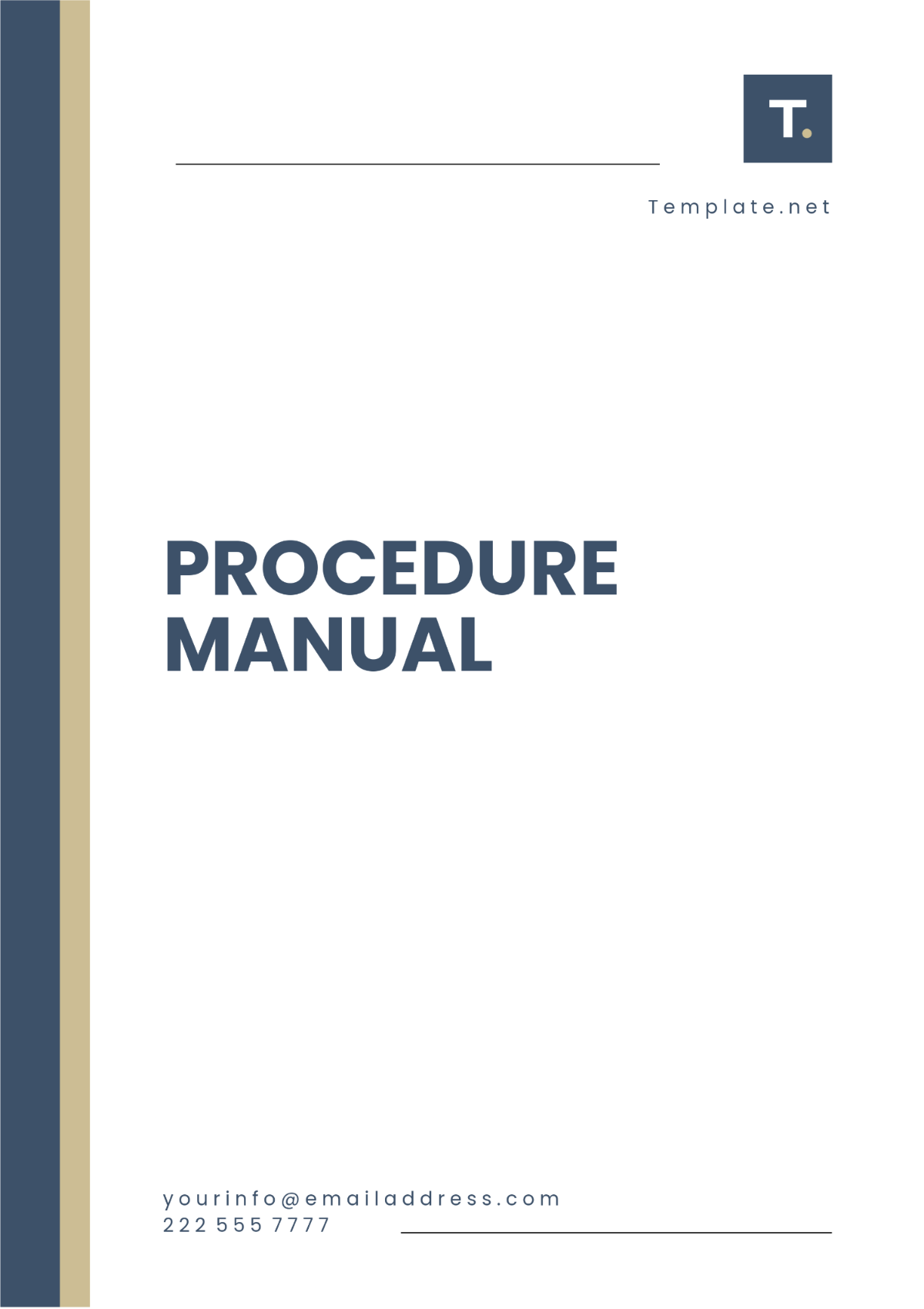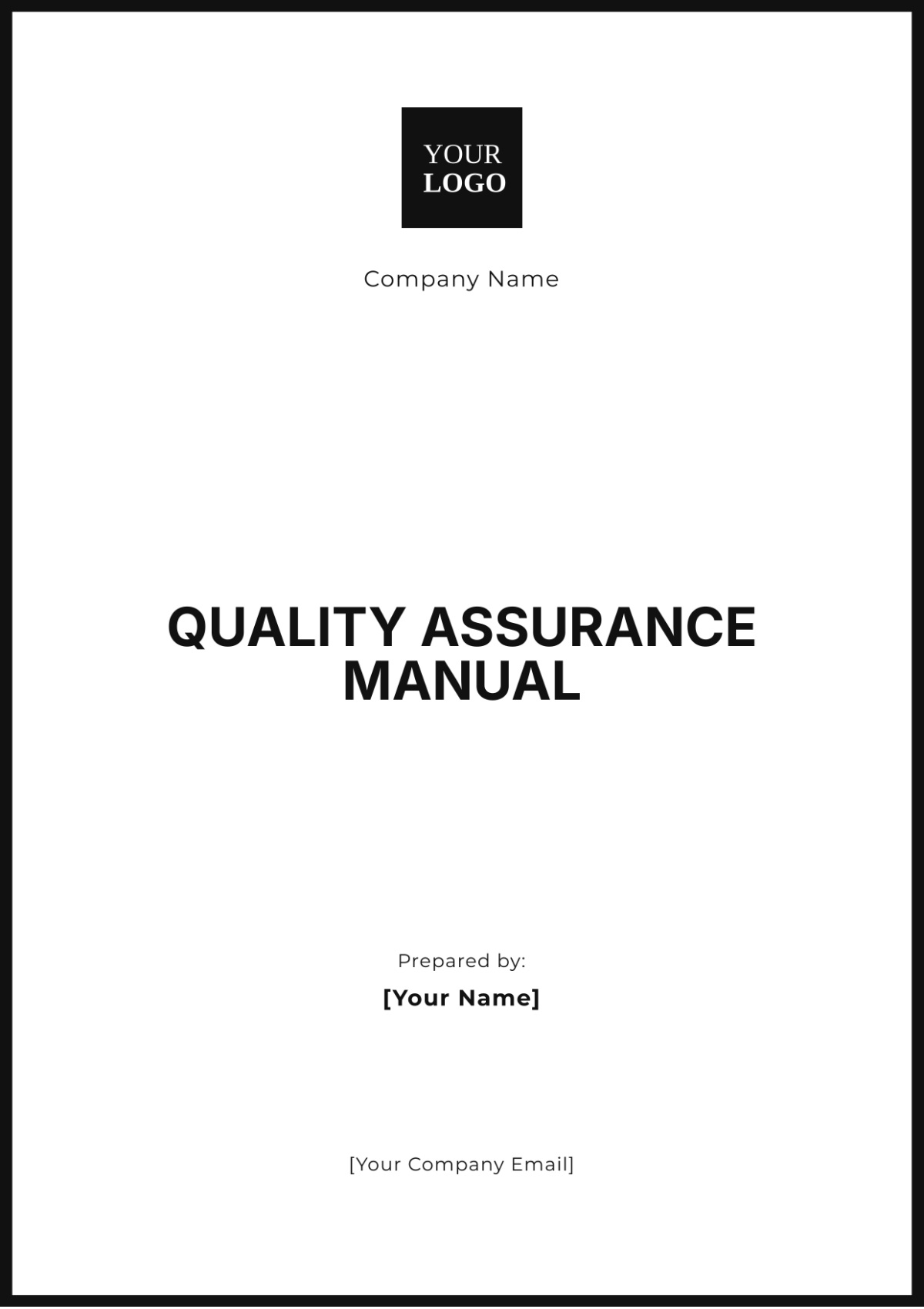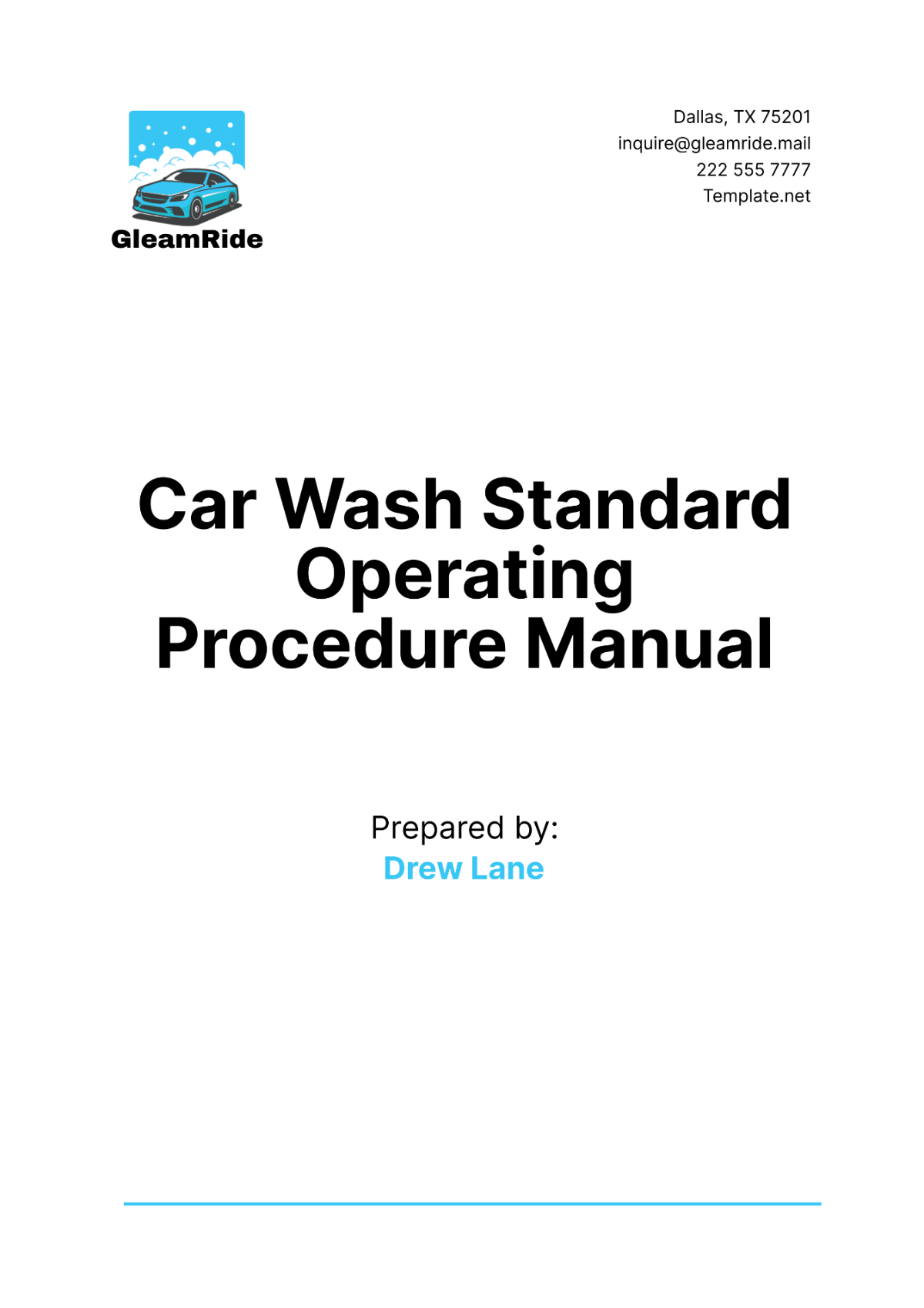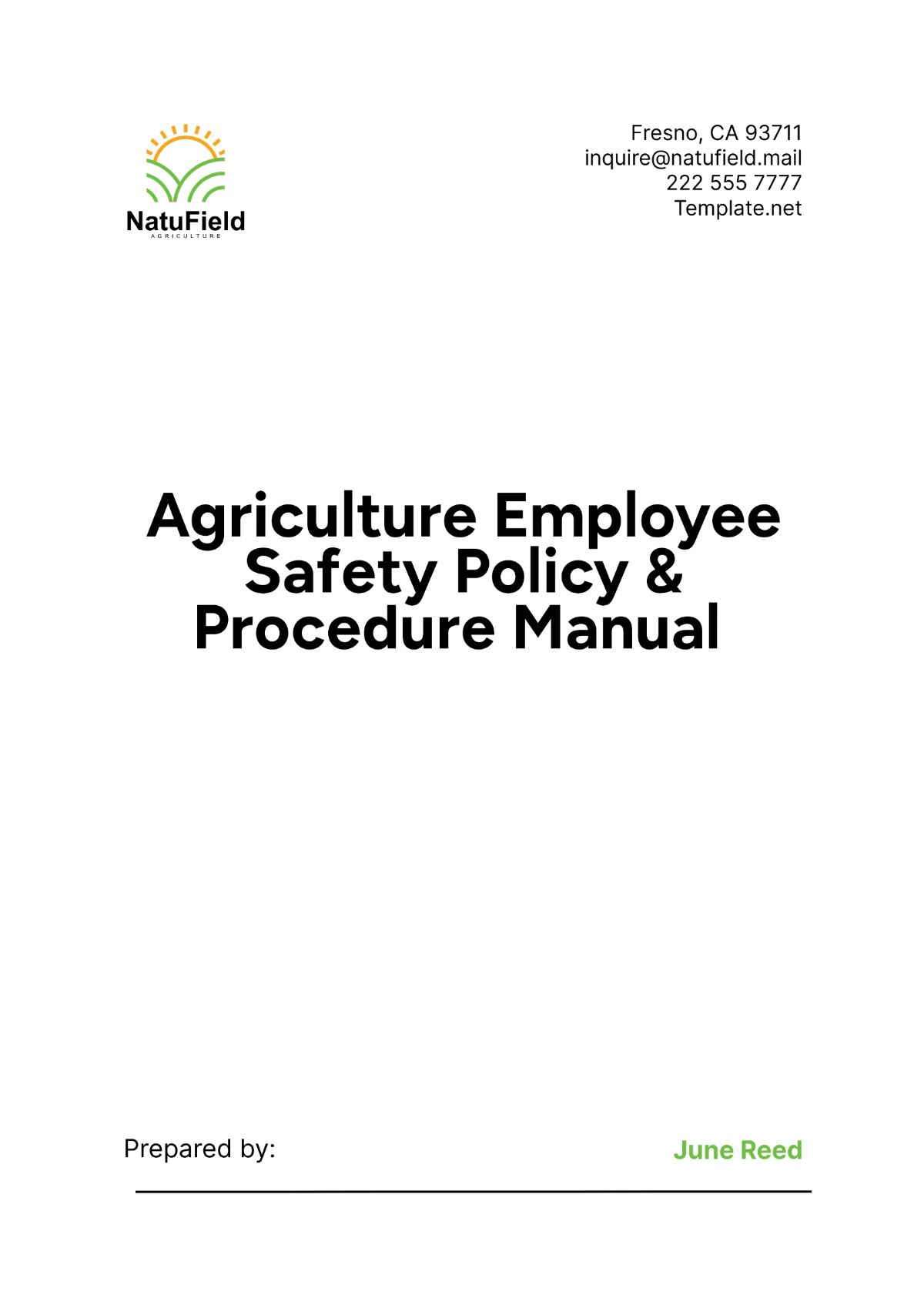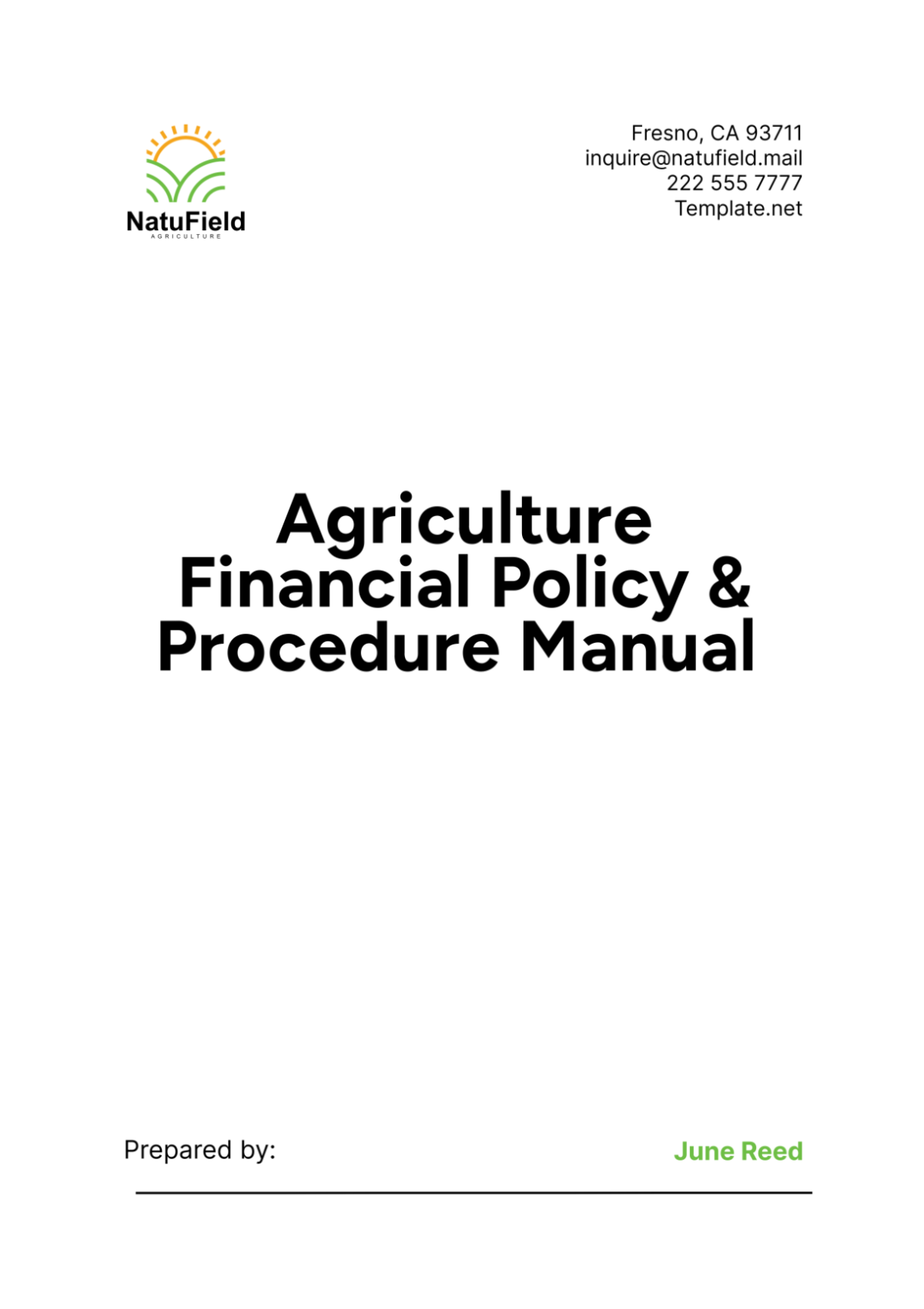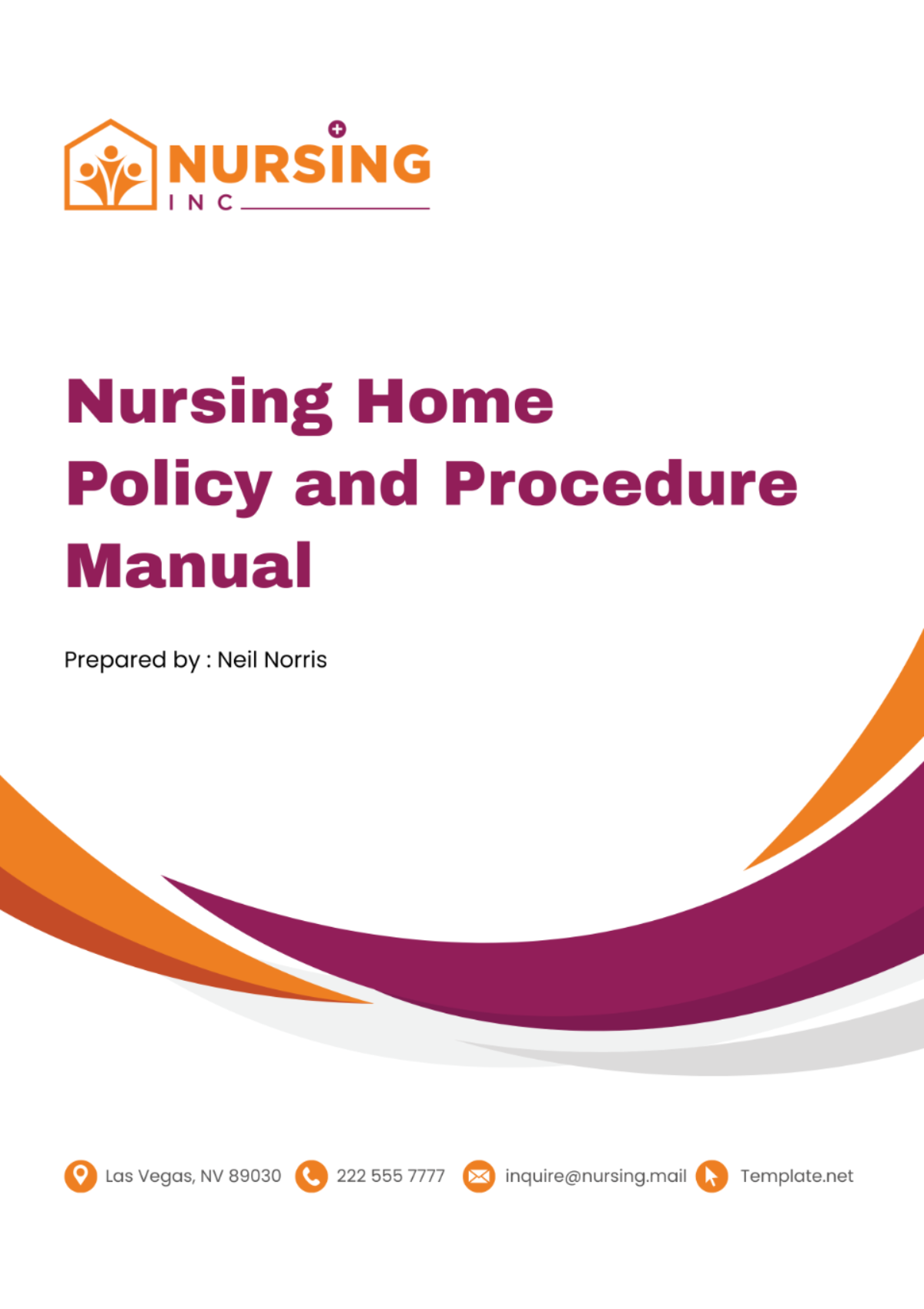Real Estate Construction Project Policy & Procedure Manual
1. Overview
This manual is crafted to serve as the cornerstone of project management within [YOUR COMPANY NAME], delineating the precise operational standards, policies, and procedures to be adhered to by our workforce, stakeholders, and contracting partners. It is engineered to guide all phases of real estate construction projects, ensuring adherence to the highest industry practices and safety regulations, while also achieving the set objectives regarding budget and timeline constraints. This document acts as a vital resource, promoting a culture of transparency, operational efficiency, and unparalleled quality in the execution of projects. It is designed to align the efforts of all involved parties, ensuring that every project not only meets but exceeds the expectations of our clients and stakeholders.
2. Real Estate Construction Project Stages
The lifecycle of a real estate construction project at [YOUR COMPANY NAME] is segmented into four critical stages, each pivotal for the seamless progression and successful completion of the project:
Conceptual Planning and Feasibility: This initial stage focuses on evaluating the project's feasibility, including market research, site analysis, and preliminary cost estimations. It aims to establish a solid foundation by assessing the viability and scope of the project, ensuring that it aligns with strategic objectives and market demands.
Detailed Design and Planning: Progressing from conceptualization, this phase involves finalizing the project's design details and planning. It includes the development of architectural plans, engineering specifications, and obtaining necessary permits. This stage is crucial for setting clear, actionable plans that guide the subsequent construction phase.
Construction: With plans in place, this stage marks the physical realization of the project. It encompasses all construction activities, managed and executed according to the predefined plans, while ensuring compliance with safety and quality standards. Effective coordination and management during this phase are vital to maintaining schedules, budgets, and the overall quality of work.
Closure and Handover: The final phase involves completing the construction, conducting thorough inspections and quality assurance checks, and resolving any outstanding issues. The project is then officially closed and handed over to the client, along with all necessary documentation and warranties. This stage ensures that the completed project meets all contractual obligations and client expectations.
3. Roles and Responsibilities
The successful execution of construction projects hinges on the clear definition and distribution of roles and responsibilities among the project team. This structured approach ensures that all tasks are managed efficiently and that the project adheres to its defined path.
Stakeholder | Role | Responsibilities |
|---|---|---|
Project Manager | Project Oversight | Ensures project aligns with objectives; acts as a liaison among stakeholders. |
Construction Manager | Onsite Activity Management | Guarantees safe, efficient, and quality construction practices. |
Finance Controller | Budget Management | Manages finances, controls costs to stay within budget. |
Site Superintendent | Site Operations Oversight | Supervises staff, manages machinery and tools, ensures documentation accuracy. |
Quality and Safety Officer | Health and Safety Assurance | Enforces safety protocols and quality standards on the construction site. |
Following this table, it's essential to understand the dynamic nature of construction projects and the need for flexibility and adaptability among the project team. Regular communication and coordination among these roles are crucial for addressing challenges and ensuring project success. This framework not only delineates the responsibilities of each role but also establishes a collaborative environment conducive to achieving the project's objectives.
In implementing the roles and responsibilities outlined in this manual, [YOUR COMPANY NAME] commits to a structured yet flexible approach to project management, ensuring that each project is delivered with the highest standards of quality, safety, and efficiency. This commitment underscores our dedication to excellence in every facet of our operations, from initial planning to final handover, reinforcing our position as a leader in the real estate construction industry.
4. Project Approval Process
The project approval process is a critical pathway that ensures only viable, strategically aligned, and financially feasible projects proceed to the execution phase. It embodies [YOUR COMPANY NAME]'s commitment to due diligence, stakeholder alignment, and strategic investment in real estate construction ventures. This multistep process is designed to meticulously evaluate each aspect of the project proposal, from concept to cost implications, ensuring comprehensive review and assessment by relevant experts and decision-makers.
Concept Proposal: The journey of a project begins with an idea. This initial step involves submitting a concept proposal that outlines the project's vision, objectives, and preliminary scope.
Feasibility Assessment: Upon concept approval, a detailed feasibility study is conducted. This assessment evaluates the project's technical, economic, and legal viability, ensuring it aligns with market demands and company capabilities.
Design Review: The design phase translates vision into a tangible blueprint. This step scrutinizes the detailed designs and plans for practicality, compliance with regulations, and alignment with the project's objectives.
Budget Approval: Financial viability is paramount. The budget approval step involves a thorough review of the projected costs, financing plans, and economic returns, ensuring the project's financial health and sustainability.
Final Project Endorsement: The culmination of the approval process is the final project endorsement by senior management, signifying the project's readiness for execution.
This structured approval process ensures that all projects undertaken by [YOUR COMPANY NAME] are rigorously vetted, strategically sound, and poised for success. It exemplifies our dedication to excellence, risk management, and strategic growth within the real estate construction industry.
5. Project Execution and Compliance
Project execution is where plans are put into action, and visions become reality. This phase is governed by stringent compliance standards to ensure that all construction activities are performed safely, efficiently, and in accordance with local, state, and federal regulations. Adhering to these standards is not just about meeting legal obligations; it's about ensuring the safety of our workforce, the quality of our projects, and the protection of the environment.
Phase | Description |
|---|---|
Planning and Scheduling | Detailed project planning, including timelines, resources, and materials. |
Regulatory Compliance | Ensuring all construction activities meet local, state, and federal regulations. |
Quality Assurance | Regular quality checks to meet or exceed project standards. |
Safety Management | Implementation of safety measures and training for all project personnel. |
Effective project execution requires meticulous planning, unwavering adherence to compliance standards, and a commitment to quality and safety. At [YOUR COMPANY NAME], we understand that how we build is just as important as what we build, embodying our commitment to excellence and integrity in every project.
6. Documentation and Reporting
Accurate documentation and reporting are the lifelines of successful project management, providing the transparency, accountability, and oversight necessary to ensure project objectives are met. They serve not only as a record of what has been accomplished but also as a tool for evaluating performance, managing risks, and facilitating communication among stakeholders.
Document Type | Purpose |
|---|---|
Project Initiation Document | Outlines the project's scope, objectives, and initial requirements. |
Periodic Progress Reports | Provides updates on the project's status, including any challenges or changes. |
Risk Assessment Reports | Identifies potential risks and outlines mitigation strategies. |
Evaluation and Closure Reports | Summarizes the project's outcomes, lessons learned, and recommendations for future projects. |
Financial Audit Documents | Ensures financial transparency and accountability throughout the project. |
Through diligent documentation and reporting, [YOUR COMPANY NAME] maintains a high level of project integrity and accountability. These practices not only facilitate the smooth execution and completion of projects but also contribute to the continuous improvement of our project management processes. By systematically capturing and analyzing project data, we are able to refine our methodologies, enhance our operational efficiency, and uphold our commitment to delivering superior real estate construction projects.
7. Additional Guidelines
The following additional guidelines are pivotal in supporting [YOUR COMPANY NAME]'s commitment to excellence, sustainability, and stakeholder satisfaction in all our real estate construction projects. They complement our core policies and procedures, ensuring that our projects not only achieve their financial and operational objectives but also contribute positively to society and the environment.
Sustainability Practices: Embracing sustainability is integral to our operations. Our guidelines for sustainability focus on reducing the environmental impact of our projects through efficient use of resources, minimizing waste, and incorporating green technologies and materials whenever feasible. We assess the environmental impact of each project in its planning phase and strive to implement sustainable solutions throughout its lifecycle.
Stakeholder Engagement: Effective communication and engagement with stakeholders are fundamental to the success of our projects. We have established procedures to ensure continuous and transparent communication with all stakeholders, including clients, community members, suppliers, and governmental bodies. Regular meetings, updates, and feedback sessions are conducted to keep stakeholders informed and involved, ensuring their expectations are met and their concerns addressed promptly.
Change Management: Flexibility and adaptability are key in the dynamic environment of construction projects. Our change management protocols provide a structured approach to handling changes in project scope, budget, or timelines. These procedures ensure that any changes are documented, evaluated for their impact, and communicated effectively to all stakeholders, maintaining project continuity and integrity.
Conflict Resolution: Despite our best efforts, conflicts may arise during the course of a project. Our conflict resolution strategies are designed to address disputes swiftly and fairly, preserving professional relationships and fostering a positive working environment. We prioritize mediation and negotiation to resolve conflicts, ensuring that all parties' viewpoints are considered and a mutually beneficial outcome is achieved.
Adherence to these additional guidelines, alongside the core policies and procedures outlined in this manual, ensures that [YOUR COMPANY NAME] not only delivers projects that meet the highest standards of quality and safety but also respects the environment and values stakeholder relationships. These practices underscore our dedication to being a responsible and forward-thinking leader in the real estate construction industry.
8. Conclusion
This Project Policy & Procedure Manual encapsulates the essence of [YOUR COMPANY NAME]'s approach to managing real estate construction projects. From initial planning through to successful completion, this manual provides a comprehensive framework for excellence, safety, and sustainability in all our endeavors. It serves as a testament to our commitment to not just meeting but exceeding the expectations of our clients, stakeholders, and the communities we serve.
As we move forward, let us all—employees, contractors, and stakeholders alike—recommit ourselves to the principles and practices outlined in this manual. Together, we will continue to build not just structures, but a legacy of integrity, quality, and innovation. [YOUR COMPANY NAME] stands poised to face the challenges of the future, leveraging our collective strengths to achieve continued growth and success in the construction industry.
For further information, clarification, or to contribute feedback on this manual, please contact our project management office. Together, we build better.
9. Contact Information:
Project Management Office: [Contact Details]
Email: [YOUR COMPANY EMAIL]
Phone: [YOUR COMPANY NUMBER]
Address: [YOUR COMPANY ADDRESS]
[YOUR COMPANY NAME] appreciates your dedication and looks forward to your continued excellence and collaboration on our construction projects.












